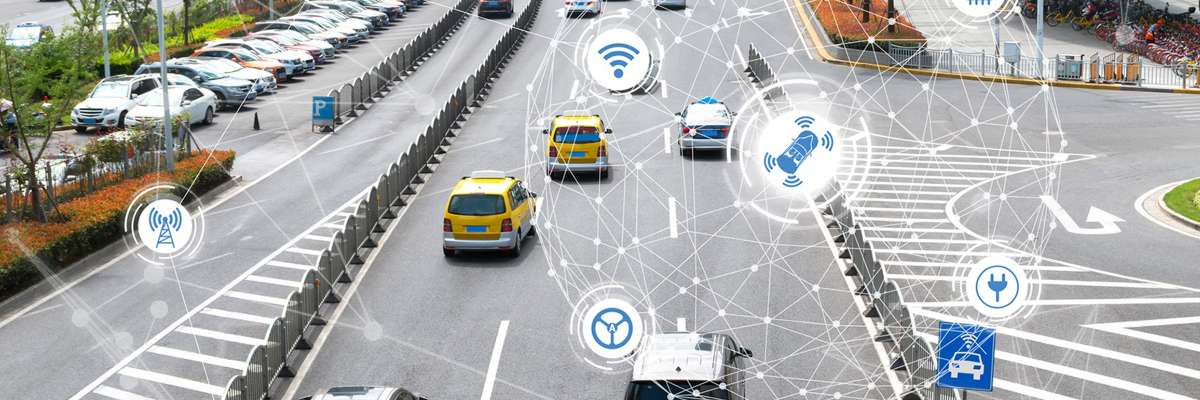As we stand on the brink of the Fourth Industrial Revolution, the fusion of technologies is blurring the lines between the physical, digital, and biological spheres. Two such technologies, Artificial Intelligence (AI) and the Internet of Things (IoT), are set to redefine the transportation sector. This article explores how these technologies will change transportation, making it more efficient, safe, and sustainable.
AI and IoT are not just buzzwords; they are powerful technologies that have the potential to transform the transportation industry. AI, with its ability to learn and make decisions, can optimize routes, reduce fuel consumption, and improve safety. IoT, on the other hand, can connect vehicles, infrastructure, and people, creating a network that can communicate and share data in real-time.
One of the most significant impacts of AI and IoT on transportation will be in the realm of autonomous vehicles. AI algorithms can process data from sensors, radars, and cameras to navigate roads, avoid obstacles, and make split-second decisions, making self-driving cars a reality. IoT can connect these vehicles to each other and the infrastructure, creating a connected ecosystem that can reduce traffic congestion and accidents.
AI and IoT are also set to revolutionize public transportation. AI can analyze data from various sources to predict demand, optimize routes, and schedule maintenance, improving efficiency and reducing costs. IoT can provide real-time information about the location and status of buses, trains, and trams, improving the passenger experience.
Freight transportation will also benefit from AI and IoT. AI can optimize routes based on factors like traffic, weather, and delivery priorities, reducing fuel consumption and emissions. IoT can monitor the condition of goods in transit, ensuring their quality and reducing losses.
Moreover, AI and IoT can enhance safety in transportation. AI can predict and prevent accidents by analyzing data from vehicles and infrastructure. IoT can provide real-time alerts about hazards, helping drivers and authorities take timely action.
Finally, AI and IoT can make transportation more sustainable. AI can optimize fuel consumption and reduce emissions, while IoT can monitor and control energy usage in vehicles and infrastructure.
However, the integration of AI and IoT in transportation also poses challenges. Issues like data privacy, cybersecurity, and ethical considerations need to be addressed. Moreover, the infrastructure needs to be upgraded, and people need to be trained to use these technologies.
In conclusion, AI and IoT are set to revolutionize transportation, making it more efficient, safe, and sustainable. However, to fully realize their potential, we need to address the challenges and create an ecosystem that supports their integration.

